Please note: All wildlife photographs on this website were taken on, or adjacent to, the development site. (except some images on the wildlife survey form which are included for identification purposes)
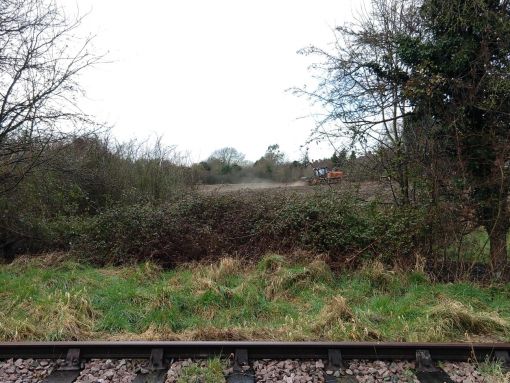 On the 10th February 2020 the land North of Shirley Road was cleared. We believe this to have been carried out by, or on behalf of, The Co-op, who own the land. The removal of most of the trees, shrubs and other flora virtually destroyed the habitat that supported the many species loved by residents in the area. Many of the animal species that have previously been seen in the field are protected by the Wildlife and Countryside Act (WCA) 1981. This piece of legislation protects all birds from intentionally being killed or injured and protects the disturbance of bird nests while in use. It also protects all animals listed under Schedule 5 of WCA, which includes the common lizard, palmate newt, smooth newt, slow worms, and all species of bats.
On the 10th February 2020 the land North of Shirley Road was cleared. We believe this to have been carried out by, or on behalf of, The Co-op, who own the land. The removal of most of the trees, shrubs and other flora virtually destroyed the habitat that supported the many species loved by residents in the area. Many of the animal species that have previously been seen in the field are protected by the Wildlife and Countryside Act (WCA) 1981. This piece of legislation protects all birds from intentionally being killed or injured and protects the disturbance of bird nests while in use. It also protects all animals listed under Schedule 5 of WCA, which includes the common lizard, palmate newt, smooth newt, slow worms, and all species of bats.
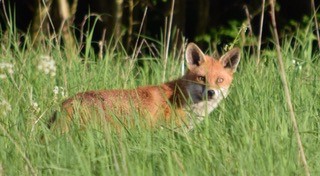 Generally, when a developer carries out an ecological survey, they check and evaluate the existing biodiversity in the site proposed for development. Despite all the amazing biodiversity that was present on this site prior to the site clearance, with it having been fallow for at least 60 years, the ecological survey for the Ilke Homes proposal was conducted around the beginning of September 2020, seven months after initial clearing. This was followed by a further mulching of the site just a week later. Ilke homes are claiming that they will improve biodiversity on the site. They have used a baseline for the decimated land in their survey after it was cleared by The Co-op, rather than surveying the highly biodiverse land that was present before the clearing.
Generally, when a developer carries out an ecological survey, they check and evaluate the existing biodiversity in the site proposed for development. Despite all the amazing biodiversity that was present on this site prior to the site clearance, with it having been fallow for at least 60 years, the ecological survey for the Ilke Homes proposal was conducted around the beginning of September 2020, seven months after initial clearing. This was followed by a further mulching of the site just a week later. Ilke homes are claiming that they will improve biodiversity on the site. They have used a baseline for the decimated land in their survey after it was cleared by The Co-op, rather than surveying the highly biodiverse land that was present before the clearing.
Ilke homes are therefore, unlikely to be able to meet the original level of biodiversity (pre February 2020), let alone create a gain on the land. This appears to be misrepresenting the site and may be The Co-ops/Ilke Homes way around meeting the criteria to have a gain in biodiversity.
 In the preliminary plans presented by Ilke Homes during November 2020, 57 additional immature trees are indicated around the site. The planting of additional trees would be done to try and improve biodiversity. However, immature trees have been shown not to support the wildlife that is present on the sight. Many birds, especially birds of prey, and bats require a variety of species of large mature trees as they provide better cover. With this reduction in the number of mature trees and an increased noise and sound pollution on the site, these species are not likely to survive, therefore decreasing biodiversity.
In the preliminary plans presented by Ilke Homes during November 2020, 57 additional immature trees are indicated around the site. The planting of additional trees would be done to try and improve biodiversity. However, immature trees have been shown not to support the wildlife that is present on the sight. Many birds, especially birds of prey, and bats require a variety of species of large mature trees as they provide better cover. With this reduction in the number of mature trees and an increased noise and sound pollution on the site, these species are not likely to survive, therefore decreasing biodiversity.
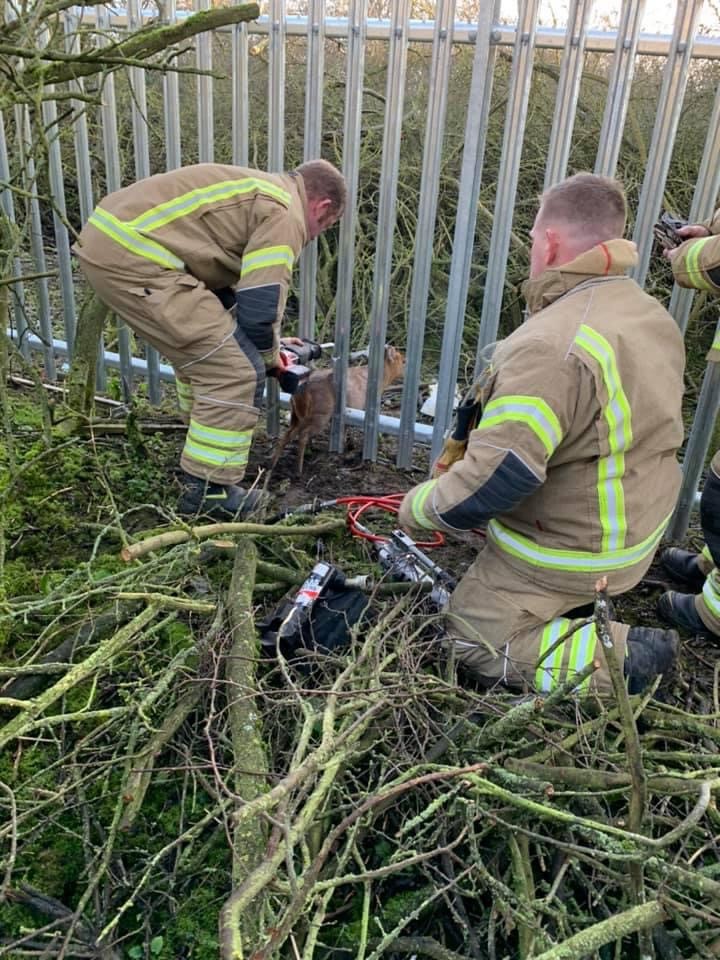 The wild plants and shrubs that provide food and shelter for many animals will be replaced by grass lawns and verges. The current plans do not indicate that the site will provide any natural greenways or corridors to allow the wildlife to travel within the development or from the Pocket Park, located Northwest of Crane Close, to the Greenway at the East end of Prospect Avenue, as has been indicated in all plans for this site by North Northamptonshire Council. To improve the connectivity of the remaining natural habitats, Ilke Homes should include a wildlife corridor of natural vegetation running north/south along the west boundary (between house numbers 71 and 61 and then continuing northwards up to house No 22, (ref; Ilke Homes drawing, reference 8806-L-102, dated 05 March 2021). There should also be a wildlife corridor running east/west from house No 22 to house No 2, connecting the existing pocket park copse to the existing Greenway, adjacent to the existing rail track. This wildlife corridor, separating the gardens of Prospect Avenue from the new development has previously been included as a 20m wide wildlife corridor in previous plans for the site. Furthermore, it is stated as a requirement in the East Northamptonshire District Local Strategy Plan for Rushden (1996). These wildlife corridors would connect the existing copse, proposed balancing pond and existing Greenway, providing vital access for the existing wildlife. Without this, the development is likely to see an increased number of traffic accidents involving wildlife, such as deer and foxes, when they are forced to travel over roads. Since the 6ft metal fencing has been installed on the site, we have already seen an increase in the number of Muntjac deer on the streets of Peck Way and Crane close, at night and during the day and several have died, stuck in between the sharp railings.
The wild plants and shrubs that provide food and shelter for many animals will be replaced by grass lawns and verges. The current plans do not indicate that the site will provide any natural greenways or corridors to allow the wildlife to travel within the development or from the Pocket Park, located Northwest of Crane Close, to the Greenway at the East end of Prospect Avenue, as has been indicated in all plans for this site by North Northamptonshire Council. To improve the connectivity of the remaining natural habitats, Ilke Homes should include a wildlife corridor of natural vegetation running north/south along the west boundary (between house numbers 71 and 61 and then continuing northwards up to house No 22, (ref; Ilke Homes drawing, reference 8806-L-102, dated 05 March 2021). There should also be a wildlife corridor running east/west from house No 22 to house No 2, connecting the existing pocket park copse to the existing Greenway, adjacent to the existing rail track. This wildlife corridor, separating the gardens of Prospect Avenue from the new development has previously been included as a 20m wide wildlife corridor in previous plans for the site. Furthermore, it is stated as a requirement in the East Northamptonshire District Local Strategy Plan for Rushden (1996). These wildlife corridors would connect the existing copse, proposed balancing pond and existing Greenway, providing vital access for the existing wildlife. Without this, the development is likely to see an increased number of traffic accidents involving wildlife, such as deer and foxes, when they are forced to travel over roads. Since the 6ft metal fencing has been installed on the site, we have already seen an increase in the number of Muntjac deer on the streets of Peck Way and Crane close, at night and during the day and several have died, stuck in between the sharp railings.
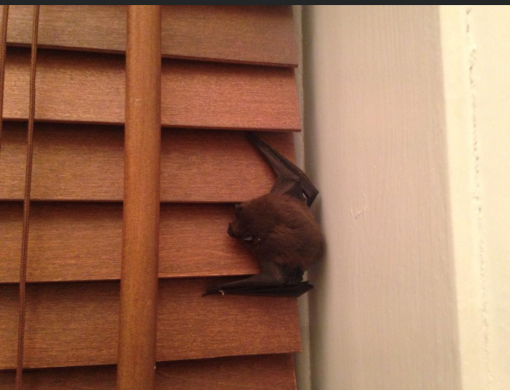 The gardens attached to the properties are small and enclosed with fences. Previous questions sent to Ilke homes about including hedgehog highways and bat boxes have not been answered, with any detail. European Hedgehogs are listed as vulnerable on the IUCN Red List but are on the brink of becoming endangered. These hedgehogs will lose all accessibility to this land and will be likely to be hit by cars or attacked by dogs. The government has passed guidance regarding hedgehog highway networks that should be included in all new developments.
The gardens attached to the properties are small and enclosed with fences. Previous questions sent to Ilke homes about including hedgehog highways and bat boxes have not been answered, with any detail. European Hedgehogs are listed as vulnerable on the IUCN Red List but are on the brink of becoming endangered. These hedgehogs will lose all accessibility to this land and will be likely to be hit by cars or attacked by dogs. The government has passed guidance regarding hedgehog highway networks that should be included in all new developments.
On the 23rd December 2020 the residents in Peck Way, Rushden, were faced with their homes being flooded for the first time since these houses had been built, circa 2002. We can only assume this was caused by the removal of extreme amounts of vegetation earlier in 2020 and the clay soil leading to extra water runoff. This flooding is likely to continue, possibly get worse and potentially become more frequent, if the new houses are built on this land. The concrete and tarmac used for the development will only increase the speed of water runoff and not allow the soil to hold or slow down the water.
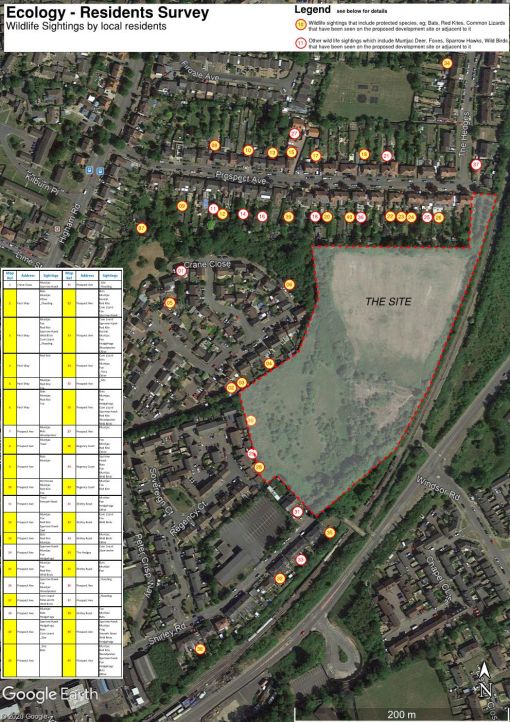 You can help the wildlife in your local community by creating spaces in your garden for local wildlife, such as hedgehog boxes or having a small hole in your fence to allow animals to pass through, creating ‘hedgehog highways’ around the development.
You can help the wildlife in your local community by creating spaces in your garden for local wildlife, such as hedgehog boxes or having a small hole in your fence to allow animals to pass through, creating ‘hedgehog highways’ around the development.
Please complete the wildlife survey to help us keep fighting to protect our wildlife. As you can see from our wildlife map, many people have sent in details about species that they have seen, which include protected and endangered species. Download the Wildlife Survey form for more details, or send a list of species that you have spotted in or immediately adjacent to the development land, to the contact details on the home page.
Planning Application update:
Since Ilke Homes published their preliminary site plan in 2020, they have revised their site plan as part of the Planning Application (NE/21/00498/FUL). We have added the additional comments following a review of their planning application: